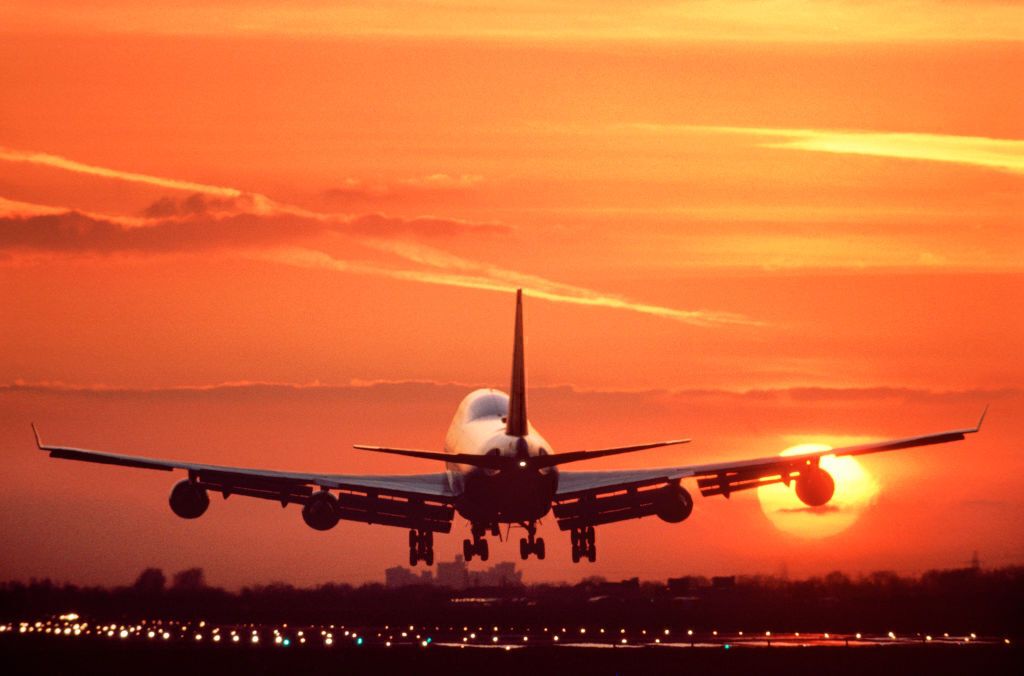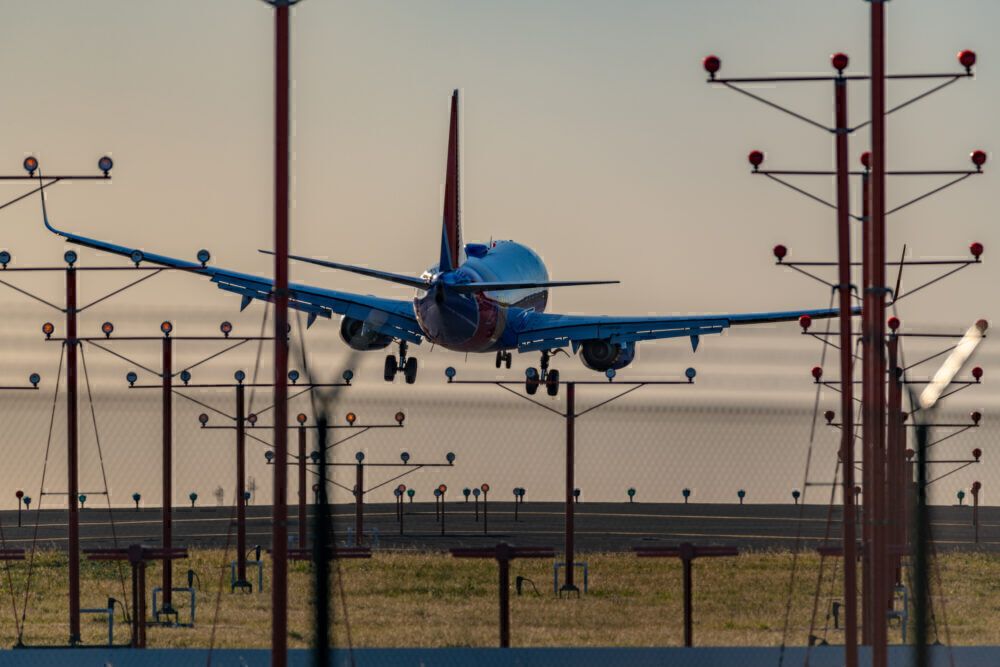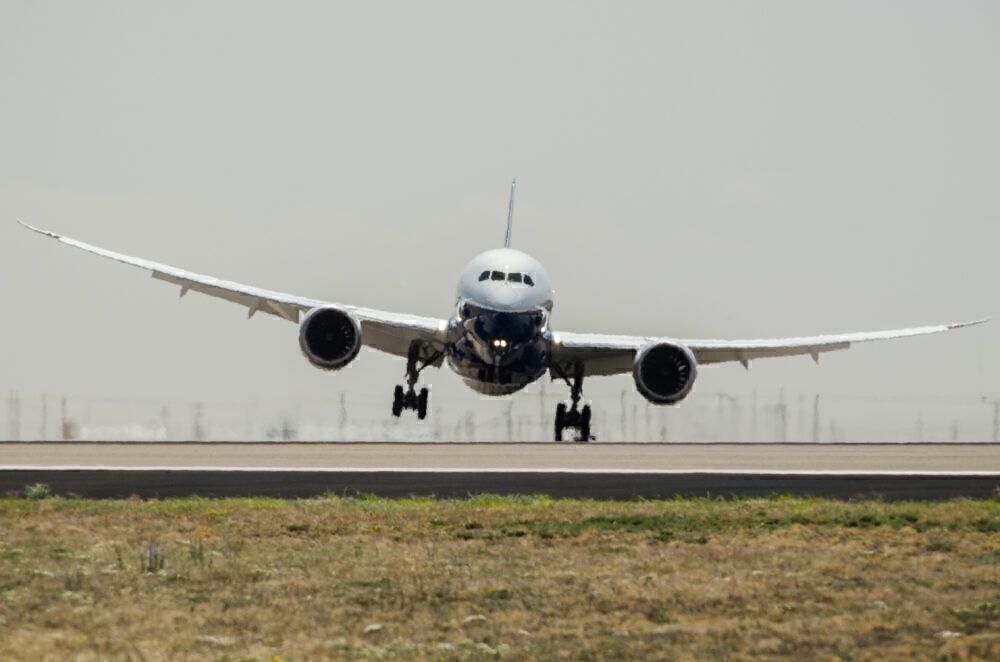If you have ever looked at an airplane coming in for landing in strong crosswinds, you know that even the biggest widebodies can wobble quite significantly during an approach. If you are on board the flight, it may seem as if you are coming in almost sideways towards the runway. Why is that, and how do strong crosswinds actually affect aircraft landings?
Crosswind 'crabbing'
Turbulence and bad weather can, to some extent, be avoided by altering the flight plan for much of the journey, but it is difficult to move an airport. Air traffic control will always try to direct planes so that they land into the wind.
However, the runways sit where they do, and winds are oblivious to human agendas. This means aircraft sometimes have to go in for landing in heavy crosswinds, which can push the plane off course.
This is why the pilots will point the nose of the plane sideways, rather than straight at the runway. To keep the aircraft flying straight, pilots deliberately turn the plane into the wind. This is called 'crabbing,' as it imitates a crab moving sideways to get to where it needs to go.
Tipping the aircraft into the wind
Of course, it is not possible to land a plane diagonally on the runway. So about 100 to 50 feet above the ground, the pilot will switch techniques. The exact procedure is dictated by the manufacturer's aircraft training manual, but in general terms, the crew will 'slip' and turn the nose back parallel to the runway.
Meanwhile, they still need to counteract the crosswinds, which create more lift underneath the upwind wing. The pilot must then use the ailerons to tip the aircraft into the wind.
Stay informed: Sign up for our daily and weekly aviation news digests!
Leveling out
As the plane is not quite level, one set of wheels may touch the ground before the other. However, wings of larger aircraft need to be brought within at least about five degrees of one another.
Otherwise, the nacelle of one wing's engine could hit the ground upon touchdown. The variation in what forces different types can handle is one reason why they have varying instructions for landing in challenging conditions.
Aborted landings
If the pilot then feels that the conditions are still too adverse to come in for landing, they can get back on the throttle and initiate a go-around to come back and try again.
So when are crosswinds actually too strong for a commercial jetliner to land? Generally speaking, this begins at about 35 knots although planes do land in more severe conditions of between 40 and 45 knots when necessary.
What are the windiest conditions you have ever landed in? Have you experienced a go-around due to crosswinds? Tell us about your experience in the comments section.



